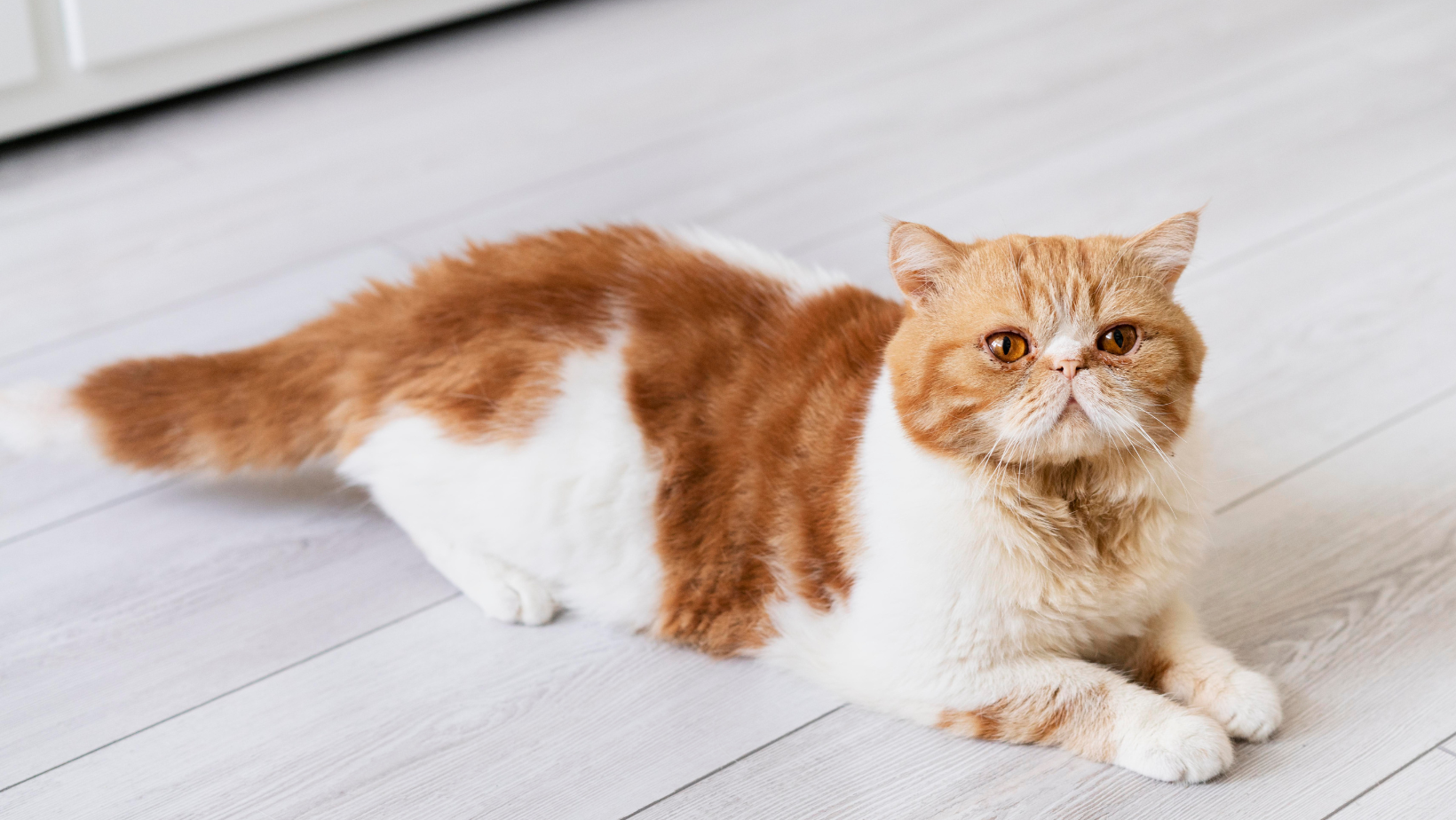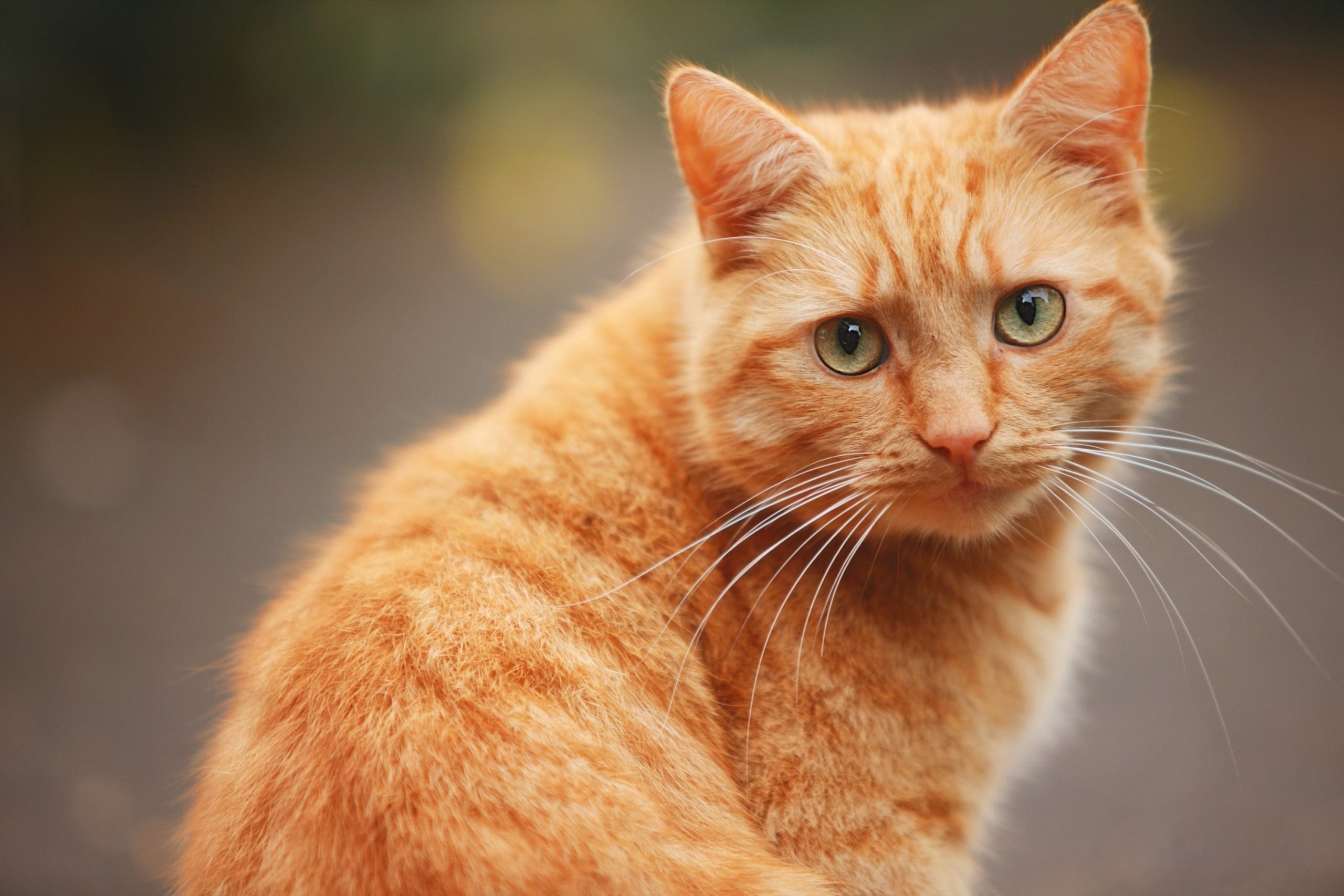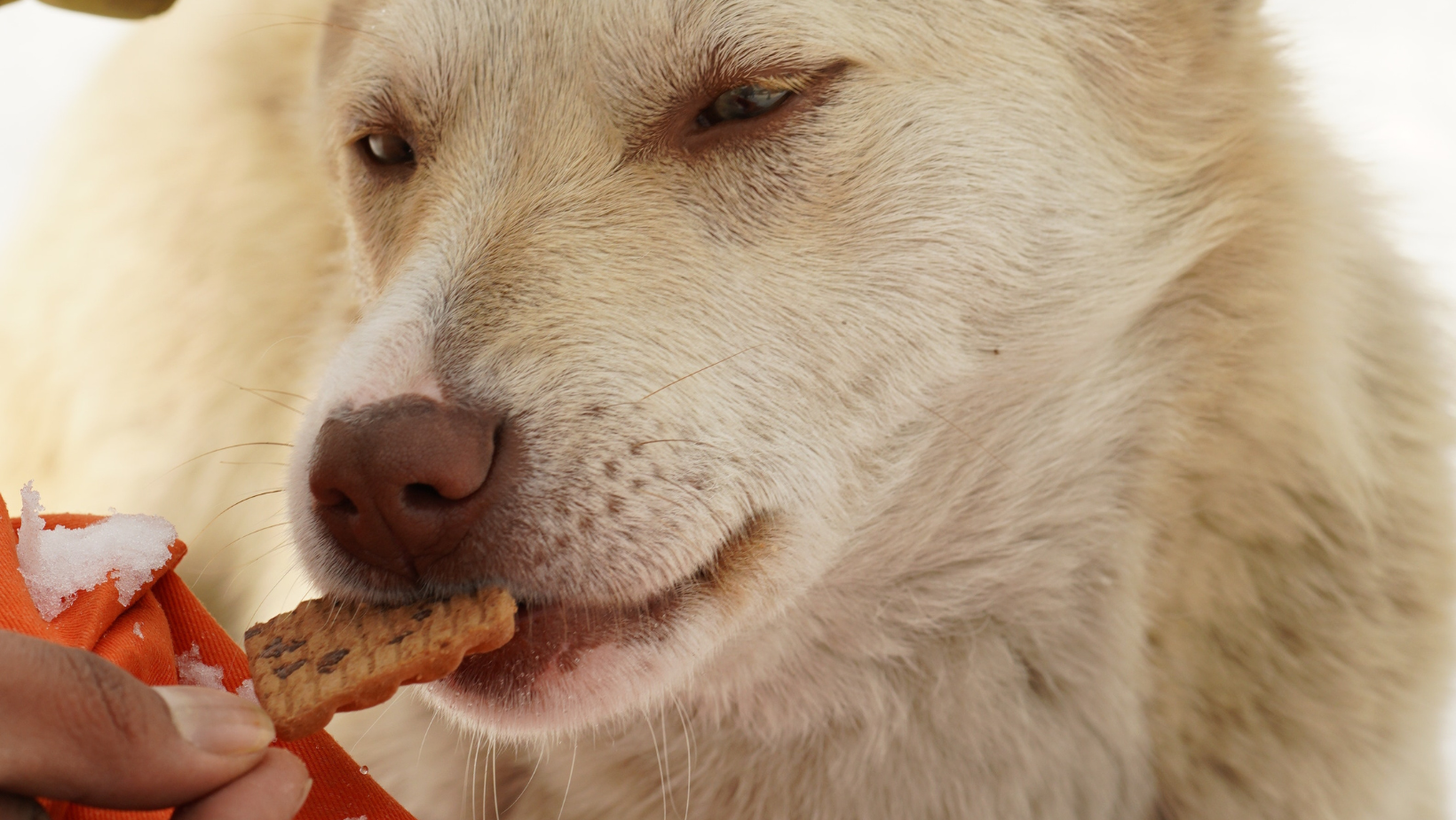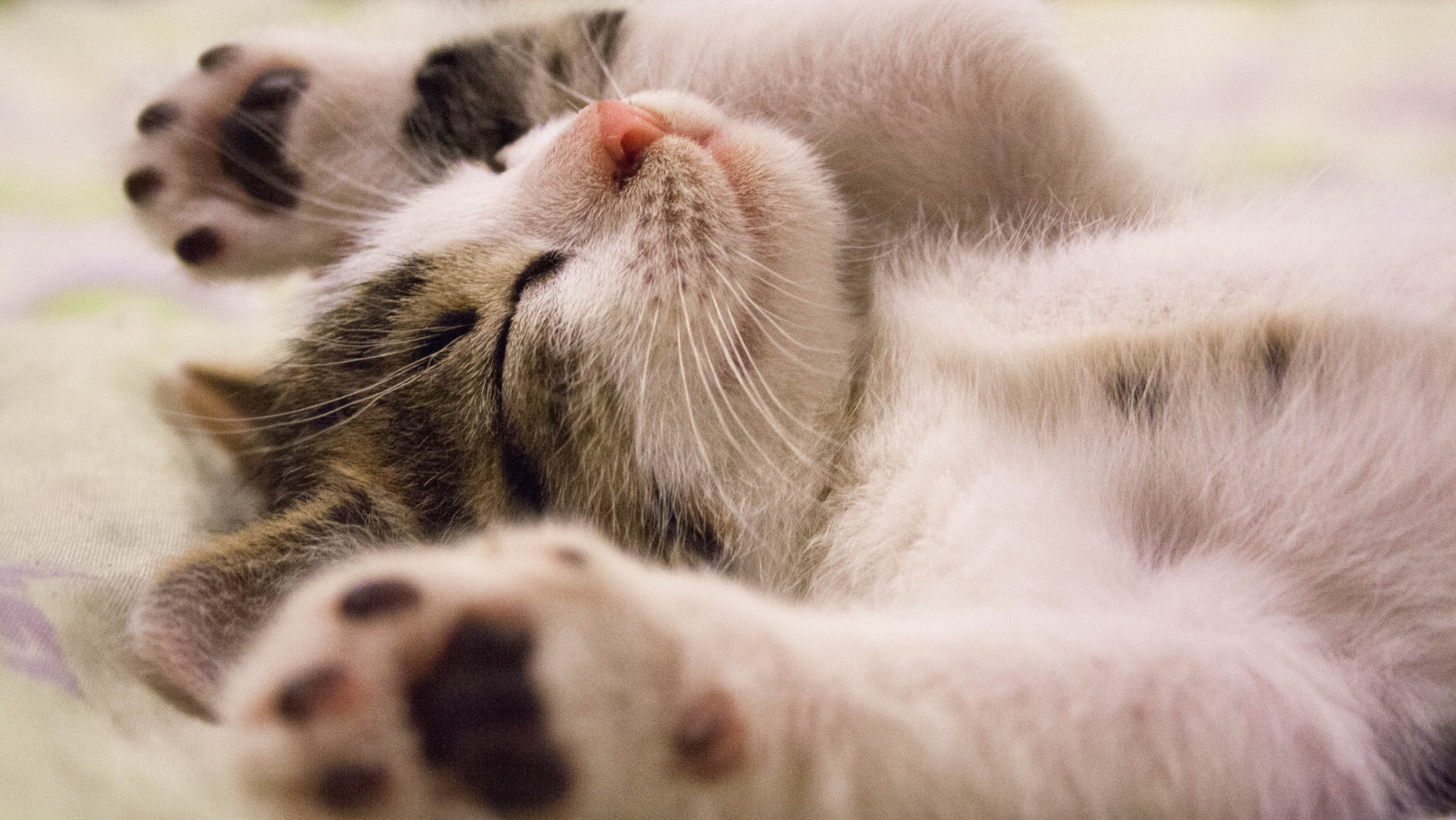Hairballs in Cats

There is no denying that cat hairballs are unpleasant. In addition to being unpleasant for the person cleaning them up, they might result in intestinal obstructions, which can pose a major risk to your cat’s health. It’s given that cats are going to groom themselves, so what can you do to keep hairballs to a minimum?
What Causes Hairballs in Cats?
Although hairballs are unpleasant, they are a product of your cat’s careful and healthy grooming practise.
Tiny hook-like structures on your cat’s tongue snag loose and dead hair when they groom themselves, and the hair is subsequently ingested. Most of this hair moves smoothly through the digestive system from beginning to end. But a hairball might develop if some hair remains in the stomach. To get rid of the hairball, your cat will often vomit. Hairballs frequently seem slender and tube-like rather than spherical because they exit via the small oesophagus.
Long-haired cat breeds like Persians and Maine Coons are more prone to developing hairballs. Because they tend to ingest a lot of fur, cats that shed a lot or who groom themselves obsessively are also more prone to get hairballs. Your cat may have acquired hairballs as it grew older despite not having any as a kitten, as you may have seen. This is perfectly normal since as cats age, they become better groomers and, as a result, more adept at removing fur from their coats with their tongues, which results in an increase in the number of hairballs you’ll need to remove from the house.
Symptoms of Hairballs in Cats
Observing (and hearing) your cat throw up a hairball can be upsetting. Some typical hairball symptoms include hacking, choking, and retching. Your cat will often vomit the hairball shortly after that.
Be sure to call your veterinarian if you have any of the following hairball symptoms, since these may be signs of a potentially fatal obstruction brought on by a hairball:
- Ongoing vomiting, gagging, retching, or hacking without producing a hairball
- Lack of appetite
- Lethargy
- Constipation
- Diarrhea
4 Hairball Remedies
Although there is no way to completely prevent cats from developing hairballs, there are steps you may do to lessen the risk or frequency of your cat developing them.
- Maintain regular cat grooming. Less fur will form hairballs in your cat’s stomach the more fur you brush off of them. Daily combing or brushing can reduce the amount of hairballs your cat produces and can be a pleasant way for you to bond with your cat. Consider sending your cat to a professional groomer for a grooming and haircut (particularly for long-haired cats) every six months or so if you can’t train them to tolerate brushing.
- Give your cat a cat food with a particular “hairball recipe.” Today, a lot of pet food producers produce cat meals that reduce hairballs.
- Use a laxative or hairball remedy. The majority of the hairball products available on the market today are mild laxatives that aid in the passage of hairballs through the digestive system.
- Encourage restrained grooming. Try to teach your cat to engage in another fun activity besides licking their coat if you feel that hairballs are the consequence of obsessive grooming. This might be showing them how to use a new item on their own or finding a fun toy you can play with together.





